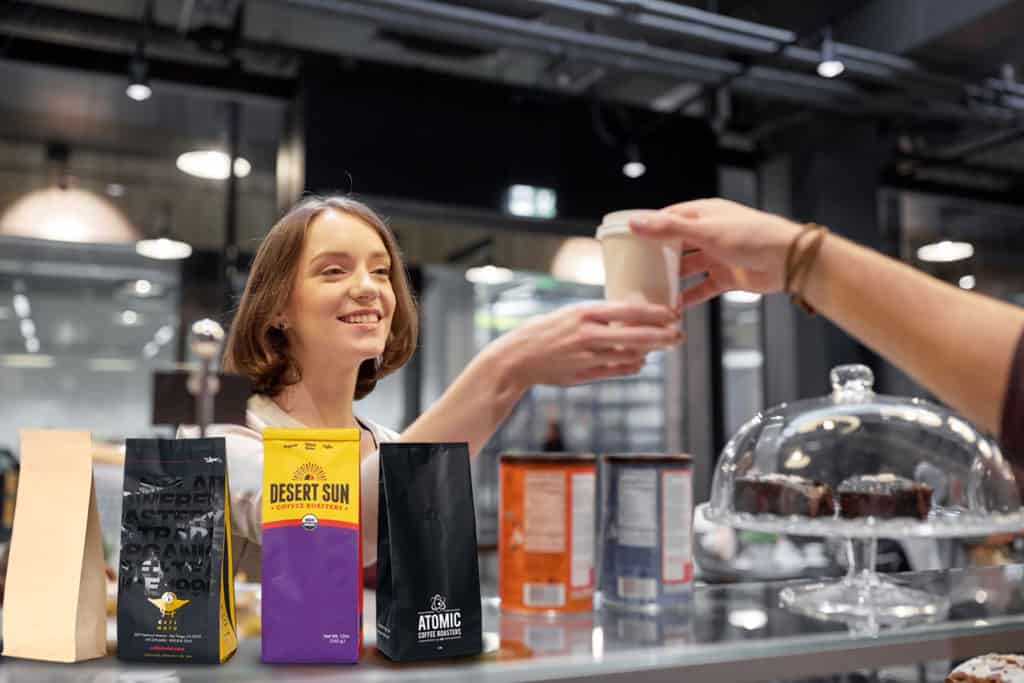Blog
The Precious Coffee Bean & How to Protect It
Learn how to select the right bag to extend the life and protect your coffee.
The coffee industry’s health depends on one primary consideration: coffee bean quality from beginning to end of the supply chain. Coffee roasters and retailers must follow processes started in the growing, picking, and processing stages. These processes ensure each cup served delights the taste buds of coffee enthusiasts and amateurs alike.
We each must contribute to the growing demand for coffee. The interrelatedness of our industry is what makes it unique and successful. Booming coffee retailers recognize the benefits of understanding how to protect each precious bean—from research and from some learned experience. Nothing teaches a new coffee business about inflation—and we don’t mean the economy— like discovering degassing valves when it is too late.
Fortunately, educational resources are available to help keep your coffee fresh and business thriving. Let’s look at the structure of coffee packaging and how that can affect the freshness of your coffee—and ultimately your reputation as a roaster.
Let’s begin!
Why is it important to understand the materials a coffee bag is made from? Because not all bags are created equal. Different materials provide different protection. To maximize your coffee’s shelf-life, you need the right coffee packaging bag. If you plan to expand, you need to protect the quality of your roast, or your brand reputation will degrade just as fast as your coffee in inferior packaging.
Do you know where your current packaging lands in the protection spectrum? Let’s take a closer look at the different layers that make up coffee packaging.
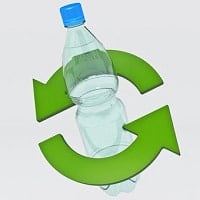
PET is a clear, strong, and lightweight plastic produced by polymerization and heat, rendering it easy to mold into any shape. This is the same material that is used to make plastic water bottles.
Why we love it
- PET molds easily, making it possible to create products of all shapes and sizes.
- PET is tough and protects your delicate beans during transportation and merchandising.
- PET provides a surface suitable for hot stamping or sticker label adhesion— two great ways to brand your packaging.
The downside.
- PET is transparent and thus can not protect coffee against exposure to light. Light exposure speeds the degradation of coffee quality when stored too long.
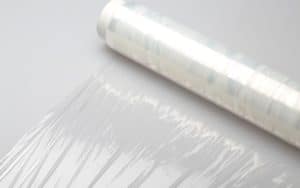
LLDPE is a blended form of LDPE that is more pliable and soft yet maintains superior strength. This material is commonly used to make fresh produce bags and shrink wrap.
Why we love it
- LLDPE is the primary material used as interior lining of most products in the Flexible Packaging Industry, and allows your bag to be heat sealable.
The downside:
- Like PET, LLDPE is a transparent film that provides low protection against light exposure.
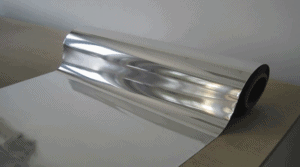
VMPET is created when PET undergoes a vacuum coating process, which deposits a thin layer of metal, typically Aluminum. This process results in metalized PET with a bright metallic appearance.
Why we love it
- VMPET is not entirely transparent— it is metalized! The thin layer of Aluminum provides more protection from spoilage by exposure to light.
The downside:
- VMPET is not entirely opaque— it is metalized only. An economical choice for coffee brands that do not require more extended shelf-life protection. If you move product often and fast, then VMPET can be the right choice for your coffee packaging!
MBOPP (Metallized Biaxially-Oriented Polypropylene)
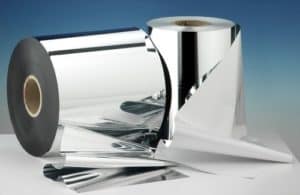
Why we love it
- MBOPP is known for its protection against moisture and oxygen—which means more protection!
- MBOPP takes well to hot stamping or sticker label adhesion. Our advice is always to brand your packaging.
The downside:
- MBOPP is also not fully opaque. While it does provide better moisture and oxygen protection than VMPET, it remains behind the shadows of our next material.
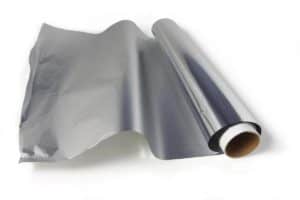
This versatile metal is the superhero of food preservation. It is recyclable and unique in it’s ability to produce a strong layer of protection while being light-weight. This is your best choice for a powerhouse of protection and extending the life of your coffee beans.
Why we love it
- It is fully opaque! No light gets into this one! Fully blocks UVA & UVB rays.
- Offers high protection against humidity and moisture, extending the shelf life of your coffee.
- It is lightweight yet durable enough to reinforce the strength of your coffee packaging.
- It is endlessly recyclable packaging (good sustainability profile), which raises consumer confidence in your coffee.
You want to look for this material if you want your coffee beans to stay fresh and aromatic for as long as possible.
The downside:
- There is no downside!
However, as usual, quality comes with a higher price tag. Maybe this sounds like an extra expense, but is not— it is a necessary investment in maintain your coffee’ quality from roaster to cup. There’s nothing worse to a coffee connoisseur than stale, fragrance-free coffee
Closing Notes (Don’t skip this!)
It is vital to mention that coffee bags are not constructed entirely from a single material listed here. Most Side Gusseted Bags and Stand Up Pouches— the two most popular bag styles used by coffee roasters worldwide— are constructed from 3-4 material barrier layers.
Different material groupings allow for various protection barrier levels. It also gives you more price options. Choosing the right bag is about understanding which barrier layer structure is suitable for your business goals.
Want one-on-one help selecting the right coffee packaging? Speak to one of our Packaging Experts Today!
Download our Coffee Bag Material Barrier Properties Infographic.
Check back for the second part: How to Choose The Right Bag Based on Desired Shelf Life





